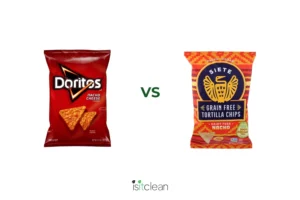
Acesulfame potassium is a zero-calorie sweetener that is added to many sugar-free…



Maltose, a disaccharide composed of two glucose molecules linked together, is a fundamental carbohydrate used widely in the food industry. It’s commonly produced through the enzymatic hydrolysis of starch, typically derived from grains like barley or rice. This process involves breaking down the starch into individual glucose molecules using enzymes like amylase. Another enzyme known as maltase catalyzes the bonding of two glucose units to form maltose. This resulting maltose is normally produced as a syrup or powder to act as a sweetener or thickener. Maltose is often used in brewing, confectionery, baking, and in infant formulas.

Maltose plays a similar role in human metabolism as glucose does, since it is composed of two glucose molecules. It provides quick energy but consuming it in high amounts, just as any form of sugar, has been linked to many adverse health effects such as cardiovascular disease and diabetes.
Health is like a bank account, certain ingredients make a deposit into your health bank, meaning they add to
your health. Certain ingredients withdraw from your health bank. We want health promoting ingredients in our diet. To keep things simple, we rate ingredients on a green, yellow, red scale:

It is naturally occurring in food and has no harmful effects on the body. It is real food. It is health promoting.

It goes into one or more of the below categories

It is known to have a harmful effect on the body (ex. All food colorings, Natural Flavors, MSG, Potassium bromate, aspartame, artificial flavors)



The Food Showdown: Popcorners flavors
Ingredient Rating: Canola oil – is it bad for you?
Clean Consuming: Nourishment for your

We have accomplished so much in just 1 year since our launch in March of 2023! We now have 10,000

The Nacho Chip Food Showdown, is Tapioca Starch safe in food? and a must-see documentary on America’s food system.
Stay in the know with the latest ratings, articles, and our newsletter, The Dirt.